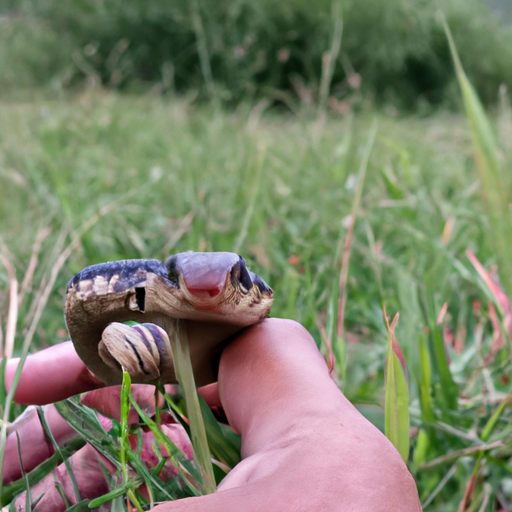 Introduction:
Introduction:
The question of whether animals can be evil is a perplexing one that has intrigued philosophers, researchers, and animal enthusiasts alike for centuries. While it is tempting to simplify animal behavior by classifying it as either good or evil, the reality is far more complex. Animals, like humans, exhibit a wide range of behaviors that can be considered morally ambiguous, and it is essential to approach this topic with nuance and an understanding of the intricacies of the animal kingdom.
1. Moral Agency and Intent:
Before delving into the concept of evil in animals, it is crucial to address the issue of moral agency. Moral agency refers to the capacity to understand right from wrong and to act accordingly. Humans possess moral agency, allowing them to make conscious choices based on ethical considerations. In contrast, animals lack the cognitive abilities necessary for moral agency. Therefore, the question of whether animals can be evil should be reframed to address the intent behind their actions.
2. Evolutionary Perspectives:
To comprehend animal behavior fully, we must consider it within an evolutionary framework. Evolutionary theory suggests that animals act in ways that maximize their chances of survival and reproductive success. Behaviors that may appear harmful or malevolent from a human standpoint can be seen as adaptive strategies to secure resources, protect territory, or ensure the survival of their offspring. Thus, behaviors that may be perceived as evil are often driven by instinct and survival instincts rather than evil intent.
3. Predation and Aggression:
Predation is a fundamental aspect of the animal kingdom, where animals hunt and kill other creatures for sustenance. While the act of predation may seem cruel and evil to some, it is a natural and necessary behavior for carnivorous species. Predators have evolved specialized adaptations to efficiently capture and kill their prey, ensuring their own survival. Similarly, aggression is often observed in animals during defense of territory, mates, or offspring. While aggression can be harmful, it is typically a response to perceived threats rather than an evil intent.
4. Altruism and Cooperation:
While many animal behaviors are driven by self-interest, there are also instances of altruistic and cooperative behaviors within the animal kingdom. Examples include cooperative hunting among wolves, reciprocal grooming in primates, and alarm calls that warn others of impending danger. These behaviors suggest that animals are capable of empathy and social cooperation, challenging the notion that they are inherently evil.
5. Deception and Manipulation:
Deception and manipulation are observed in various animal species, indicating a level of cunning and strategy. For instance, certain primates engage in deceptive behaviors to gain access to resources or mates. However, it is important to note that deception in animals is driven by survival instincts rather than malevolence. Deceptive behaviors are typically a means to an end, serving an adaptive purpose.
6. Moral Relativity:
To evaluate whether animals can be evil, one must consider the cultural and moral relativity that exists across species. Human concepts of evil are deeply rooted in societal norms, ethics, and religious beliefs. Animals, lacking the cognitive capacity for moral reasoning, operate within their own species-specific moral frameworks. Thus, applying human moral standards to animal behavior may be fundamentally flawed.
Conclusion:
The question of whether animals can be evil is a complex and multifaceted one. While animals do exhibit behaviors that may seem cruel or harmful to us, it is crucial to understand their actions within the context of their evolutionary adaptations and ecological roles. Ascribing human moral values to animals is an oversimplification that fails to acknowledge the intricate web of interactions that governs the animal kingdom. Instead, we should strive to appreciate the nuances and complexities of animal behavior, recognizing that it is shaped by a multitude of factors that differ significantly from human moral frameworks.
